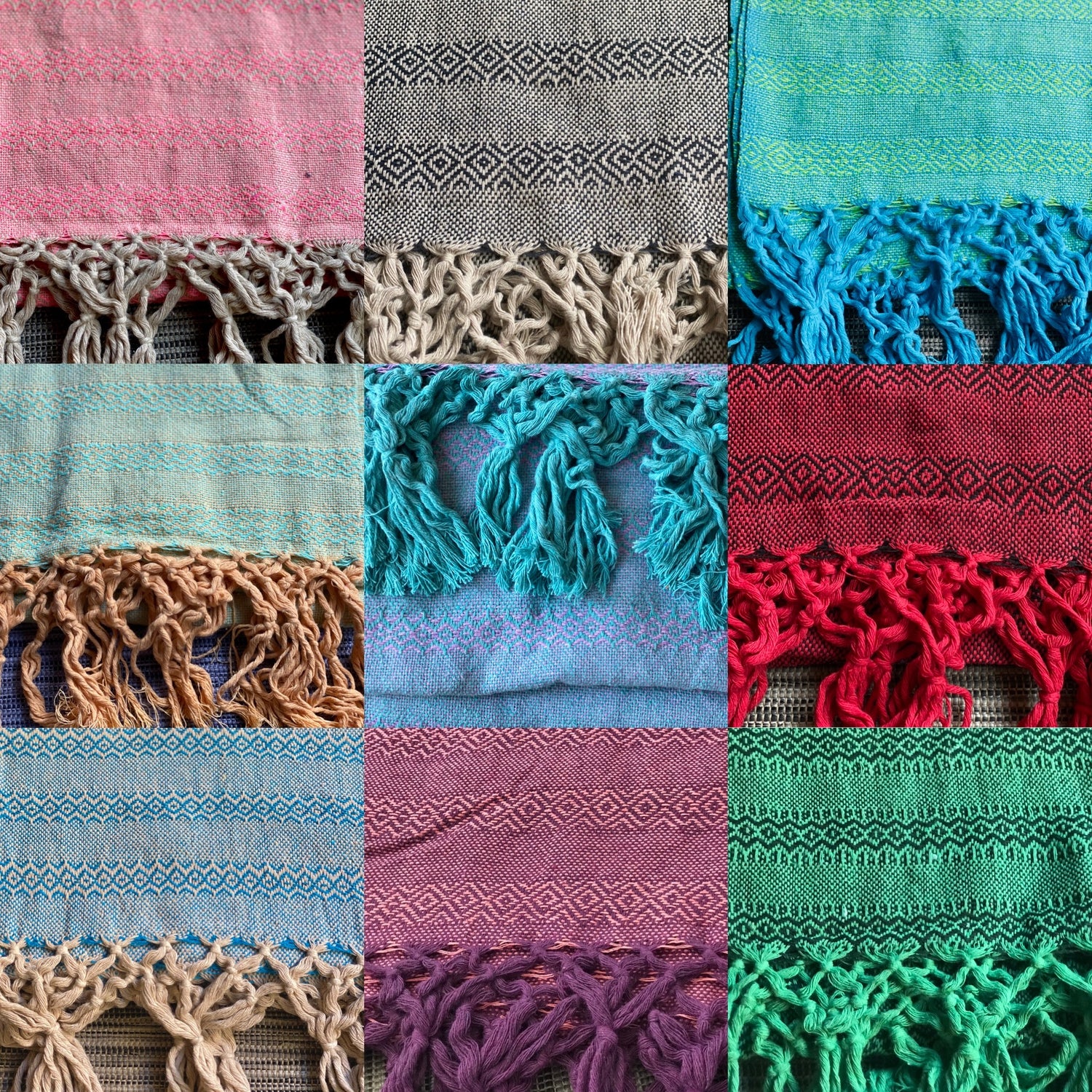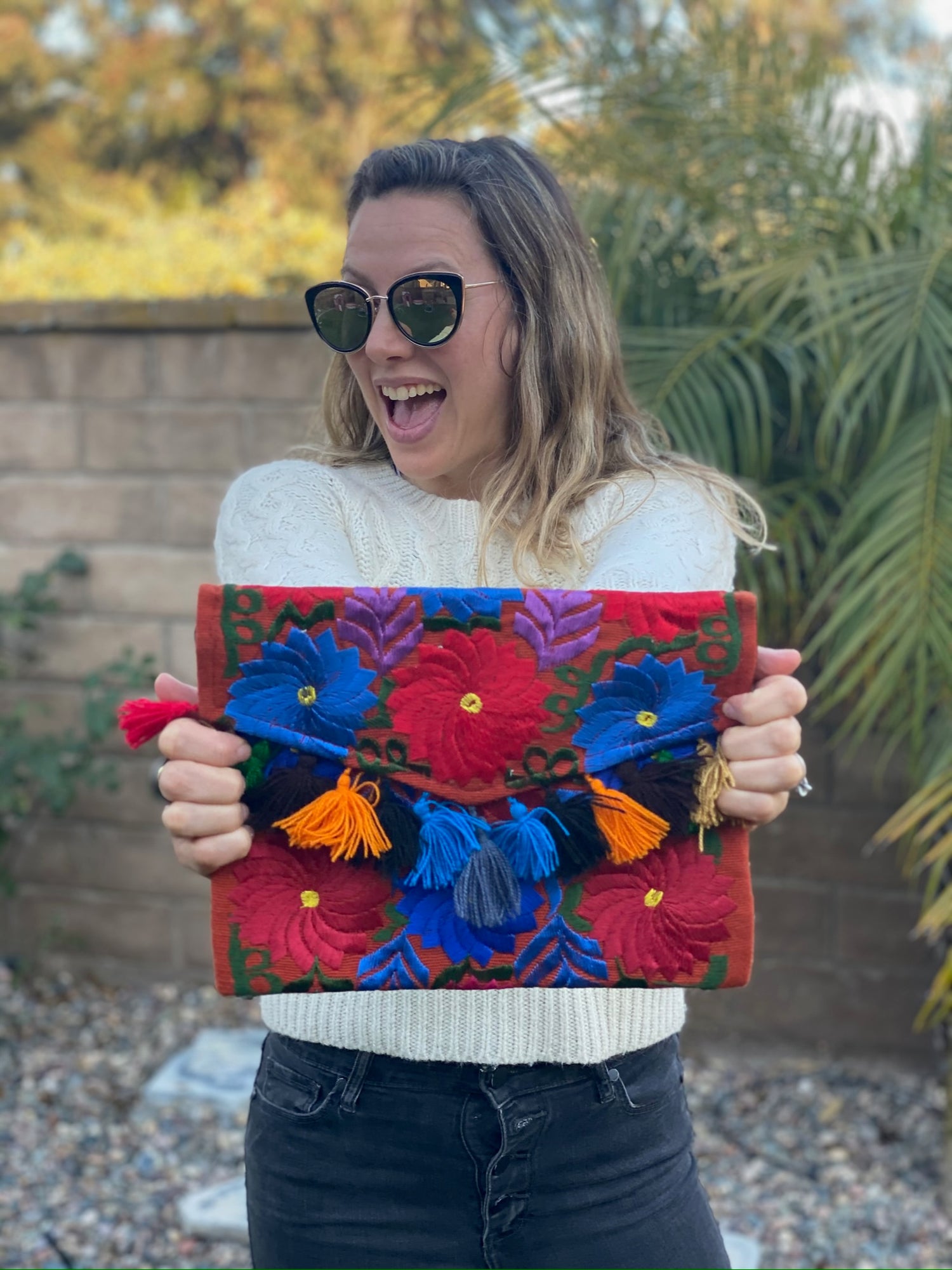The rebozo is more than just a traditional Mexican shawl; it symbolizes the social and cultural identity of Mexico. Through its vibrant colors and intricate designs, the rebozo tells stories of heritage, resilience, and community.
This garment has its roots in pre-Hispanic times and has evolved to represent the essence of Mexican identity today.

For many women, wearing a rebozo connects them to their ancestors and traditions. It serves as a daily reminder of cultural pride, expressing both individuality and shared heritage.
As you explore the significance of the rebozo, you will discover its role not only as a piece of clothing but also as a powerful statement of identity that resonates throughout the country.
Understanding how the rebozo influences contemporary life sheds light on its lasting impact on society. In a world where cultural symbols can sometimes fade, the rebozo stands strong as a vital link to Mexico's rich past and vibrant present.
Key Takeaways
- The rebozo is deeply rooted in Mexican history and identity.
- It serves as a symbol of cultural pride and community for many women.
- The significance of the rebozo continues to influence social and cultural expressions today.
Historical Significance and Origins

The rebozo has deep roots in Mexican history, connecting various cultures and communities throughout the centuries. It symbolizes identity, resilience, and tradition. Understanding its origins helps appreciate its cultural significance today.
Pre-Colonial Roots and the Manila Galleon
The rebozo traces its origins back to pre-colonial Mexico, where Indigenous communities used it as a practical garment. The design often consisted of simple woven fabrics.
These shawls provided protection against the elements while also allowing for artistic expression.
The Manila Galleon trade further influenced the rebozo. Introduced in the 16th century, this trade route connected Mexico with the Philippines. It brought new textiles and materials, enriching the rebozo's fabric and design.
The rebozo began to reflect a blend of Indigenous and Asian aesthetics, showcasing Mexican heritage.
Influence During Colonial Period
During the colonial period, the rebozo evolved in style and function. Spanish settlers admired the craftsmanship of Indigenous peoples. They began to adopt the rebozo, yet it maintained its roots in Indigenous culture.
Women of various classes wore rebozos in daily life and formal events. The garment became associated with both status and identity.
It served as a powerful symbol of cultural heritage, blending Indigenous and European influences. Over time, the rebozo helped shape a unique Mexican cultural identity that distinguished itself from Spanish roots.
Rebozo in the Struggle for Independence
The rebozo played a notable role during the Mexican War of Independence in the early 19th century. Women used the shawl for practical purposes, such as carrying supplies and infants.
More significantly, it became a symbol of resistance and unity among women activists.
As figures like Josefa Ortiz de Domínguez led efforts against colonial rule, the rebozo represented courage and strength. It united women across social classes, highlighting their contributions to the fight for freedom.
This connection between the rebozo and the independence movement deepened its cultural significance in Mexican identity, still celebrated today.
Cultural Impact and Contemporary Relevance

The rebozo is more than just a garment; it holds deep social and cultural significance in Mexico. Its uses range from fashion statements to symbols of identity and heritage. This section explores how the rebozo continues to shape and reflect contemporary Mexican culture.
Symbolism in Fashion and Social Movements
The rebozo has found its place in modern fashion, embraced by designers who seek to honor indigenous culture while creating contemporary looks. Fashion icons like Frida Kahlo and artists such as Zandra Rhodes have used the rebozo to express personal and national identity.
In addition to fashion, the rebozo represents social movements like the Chicano movement. During this time, it symbolized pride in Mexican heritage.
Wearing the rebozo can serve as a powerful statement about cultural roots and solidarity within marginalized communities. The garment bridges traditional craftsmanship with modern style, making it a vital part of today’s fashion landscape.
Artisanal Production and Economic Role
The rebozo is traditionally made using techniques like the backstrap loom, often found in regions such as Tenancingo and Oaxaca. Artisans skillfully craft these shawls from materials like wool, cotton, and silk.
This artisanal production not only preserves cultural heritage but also sustains local economies.
Many contemporary designers are collaborating with artisans, blending traditional methods with innovative designs. This collaboration not only elevates the rebozo’s status in modern fashion but also provides fair wages and opportunities for local craftsmen.
Through this fusion, the rebozo maintains its cultural significance while adapting to contemporary market demands.
Rebozo in Art and Global Exhibitions
The rebozo has gained recognition in art and global exhibitions, showcasing its role as a cultural artifact. Museums and private collections now feature the rebozo as part of their exhibitions, highlighting its beauty and craftsmanship.
Events at places like the Fashion and Textile Museum in London celebrate this iconic garment. Artists and curators emphasize its historical importance and contemporary relevance.
Amidst modern art movements, the rebozo stands as a testament to Mexican heritage, linking past traditions to current artistic expressions and global audiences.
Frequently Asked Questions

You may have questions about the significance of the rebozo in Mexican culture. This section addresses key aspects, including its historical roots, role in ceremonies, and variations across regions.
What are the historical origins of the rebozo within Mexican society?
The rebozo dates back to the pre-Hispanic era. It was initially crafted by indigenous women using cotton or agave fibers. Over time, this garment evolved, reflecting the traditions and skill of Mexican artisans.
In what ways is the rebozo incorporated into traditional Mexican ceremonies and festivities?
The rebozo is often worn during important ceremonies such as weddings and religious events. It is used to symbolize love and protection. In these settings, the rebozo adds cultural richness and emotional depth to the occasions.
How does the rebozo reflect the regional diversity of Mexico?
Different regions of Mexico produce various styles of rebozos. The colors, patterns, and materials used can vary greatly. This diversity showcases the unique cultural identities and traditions of each area.
What role does the rebozo play in the everyday life of Mexican women?
For many Mexican women, the rebozo serves both practical and symbolic purposes. It can be used for warmth, carrying children, or as a fashion accessory. Its presence in daily life highlights the connection to cultural heritage.
How has the rebozo become a symbol of Mexican cultural and national identity?
The rebozo is recognized worldwide as a representation of Mexican culture. This shawl-like garment embodies the history, artistry, and resilience of Mexican women. Its continued prominence in society keeps these traditions alive.
What variations of the rebozo exist and what do they signify within different communities in Mexico?
There are many variations of the rebozo, each with its own significance.
For instance, some are handwoven with specific designs that represent local customs. Others reflect social status or community pride, showcasing the rebozo's adaptability across cultures.




